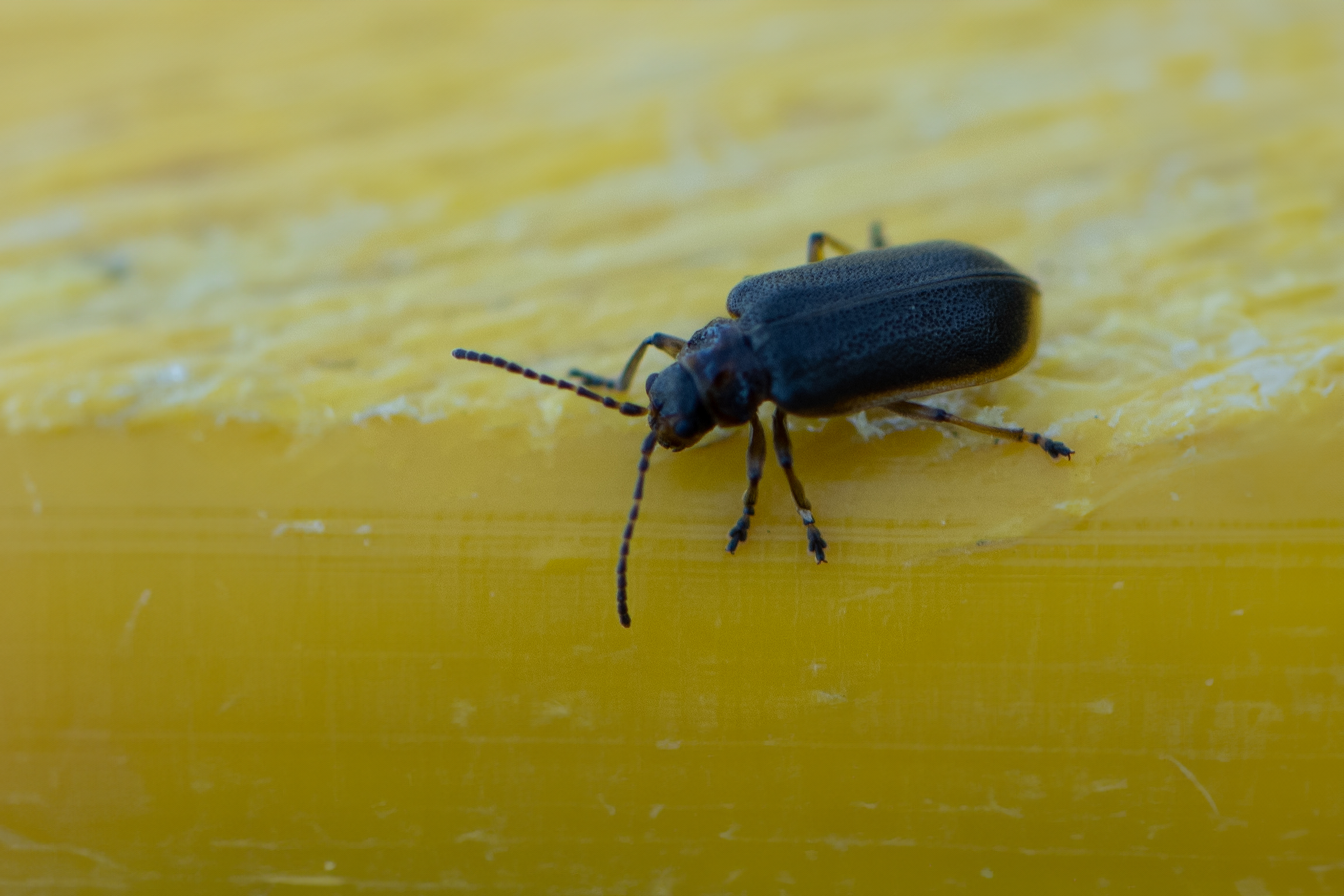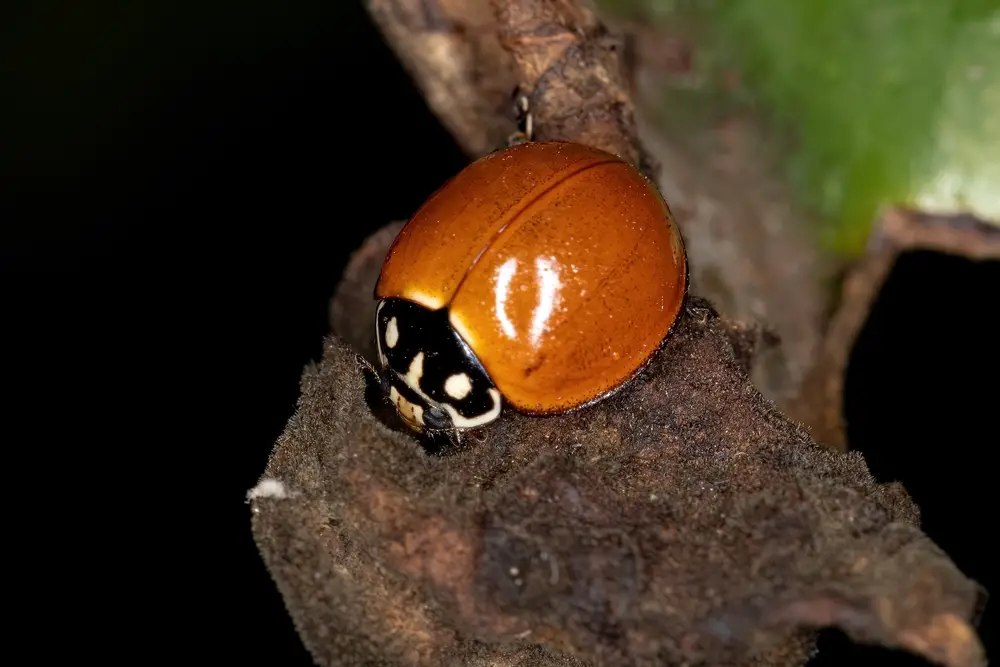
Discovering a number of black beetles in your home can certainly be unsettling, but it’s a more common occurrence than you might think. These insects are drawn indoors for several reasons, such as seeking shelter from extreme weather. Changes in the environment like excessive rainfall or temperature swings can push them to find refuge, often within the cozy confines of residential spaces. Understanding why these uninvited guests have chosen your home can help you in addressing the infestation effectively.
The spaces where black beetles are mostly found are areas where food is stored since they are looking for nutrition and sustenance. This can include pantries, kitchen cabinets, or anywhere spills and crumbs aren’t cleaned up promptly. Furthermore, the structure of your home can provide ample hiding areas for these insects, including in wall voids, baseboards, or underneath furniture where they can go unnoticed for extended periods.
It’s also important to consider that your home might provide a perfect environment for the beetles’ lifecycle. For example, they may find places to lay eggs, and you might come across signs like shed skin from their molting stages when cleaning. Knowing where to look and what signs to watch for can be the first step in addressing the problem and preventing future beetle invasions.
Identifying Black Beetles
If you’re finding black beetles in your home, it’s essential to accurately identify them to determine the appropriate course of action. Let’s take a look at their common characteristics and some of the species you might encounter.
Common Characteristics
Black beetles typically possess a robust, dark exoskeleton that can vary from matte to a glossy sheen. Your initial observation might note:
- Body Shape: Generally oval or elongated.
- Size: Can range from a few millimeters to several centimeters in length.
- Antennae: Varied in length, they can be straight or slightly curved.
The exact physical attributes can hint at the species you’re dealing with. To aid in identification, note details like body size, shape, and any distinctive markings or features.
Species Varieties
There is a multitude of black beetle species, each with distinguishing characteristics. Here are a few you might come across:
Carpet Beetles:
- Size: Small, round, 1-4 mm.
- Environment: Often found indoors, near fabrics.
Ground Beetles:
- Size: Larger, elongated, 2-3 cm.
- Environment: Predominantly outdoors but may come inside.
Knowing the specific type of beetle can guide your approach to managing them. For more comprehensive visuals to assist in recognizing different types, explore identified species with pictures of these bugs.
Causes of Infestation
When you find an unusual number of black beetles in your house, it’s crucial to understand why they may have been attracted to your space. Here’s what could be causing your beetle infestation:
Attractants in the Home
Your home may have specific factors that are attractive to black beetles. For instance, they are known to be drawn to light sources, so your ceiling lights could inadvertently be inviting them in. Additionally, black beetles can find ample food and shelter in clutter or unsealed food containers.
- Food: Grains, flour, and other pantry items can entice beetles.
- Shelter: Cluttered spaces provide excellent hiding spots.
Seasonal Behavior
The presence of black beetles in your house can also be due to their seasonal migration patterns. Often, these beetles will seek shelter indoors as the weather outside becomes less hospitable. Cold temperatures in winter or dry periods in summer might push them to move into your warmer, more humid home.
Entry Points
Finally, consider the possible entry points around your house:
- Windows & Doors: Check for gaps or holes in screens and weather stripping.
- Vents & Utility Openings: Seal any openings where pipes or wires enter your home.
- Foundation Cracks: Inspect your home’s exterior for cracks through which beetles could crawl.
Remember, it’s the unnoticed crevices that often serve as the gateways for black beetles into your domain.
Prevention and Control
Eliminating and controlling black beetles begins with thorough cleanliness and the smart application of deterrents. Your proactive steps can greatly reduce the chances of an infestation in your home.
Cleaning Strategies
Keeping your house clean is a crucial step in preventing black beetle infestations. Start by regularly vacuuming carpets, floors, and furniture to remove any food particles and potential beetle eggs. Pay special attention to areas where beetles are seen more often and do a thorough cleaning at least once a week. Ensure that any food items are stored in airtight containers and promptly dispose of overripe produce, as they can attract beetles. Consider consulting with resources like How to Get Rid Of Them to identify potential nesting sites and target these for cleanup as well.
Natural Repellents and Pesticides
Using natural repellents and pesticides can effectively keep black beetles at bay. For example, neem oil is a natural insect repellent; when sprayed directly on beetles, it’s toxic to them. To create a neem oil spray, mix 4 teaspoons of cold-pressed neem oil with 1 teaspoon of liquid soap in a gallon of water, as suggested at Dre Campbell Farm. Another approach is to use diatomaceous earth around the areas beetles frequent; its sharp particles cut through the insect’s exoskeletons, ultimately dehydrating them. Remember to reapply these natural solutions especially after rain or heavy cleaning.
Frequently Asked Questions
If you’re dealing with an invasion of black beetles in your home, you likely have many questions. Below are the most common queries and straightforward answers to understand and tackle the beetle issue.
What attracts black beetles to homes?
Black beetles often enter homes in search of shelter and food. Factors like light sources, warmth, moisture, and available food scraps can make your home more inviting to these pests.
How can you prevent black beetles from entering your house?
To prevent black beetles from entering, ensure that windows and doors are properly sealed. Regularly inspect and repair any cracks or gaps in your home’s exterior. Maintenance of a clean and dry environment inside is also crucial.
What is the most effective method for removing black beetles in the home?
The most effective method for eradicating black beetles includes a combination of cleaning, using natural repellents like neem oil, and setting traps. If the infestation is severe, professional pest control services might be necessary.
Can black beetles cause harm to humans or property?
While black beetles are generally not harmful to humans, some can bite or cause minor allergic reactions. The larvae of certain species might damage plants, fabrics, or stored food products.
Why are there suddenly an increased number of black beetles inside my house?
A sudden increase in black beetles can occur due to environmental changes such as the onset of spring or fall, or if there’s an abundant food source that’s attracting them to your home.
What natural predators do black beetles have, and can they help control the population?
Black beetles have several natural predators, including birds, rodents, and other insects. These predators can help control beetle populations naturally, but this might not be sufficient for large infestations within your home.
Driven by a passion for those tiny creatures that rule our world, we at Bug Domain strive to be your go-to resource for information on insects.




